For many families, combining breastfeeding with bottle-feeding is essential, whether it’s to allow for breaks, return to work, or share feeding responsibilities. However, introducing a bottle can sometimes lead to what’s commonly known as nipple confusion—a shift in your baby's feeding behavior that can make nursing more difficult. In this guide, we explain how to prevent and manage nipple confusion, support a smooth transition between breast and bottle, and keep feeding a positive experience for both baby and parent.
What Is Nipple Confusion?
Nipple confusion describes the difficulty some babies experience when moving between breastfeeding and bottle-feeding. While not all infants struggle with this, some may begin to show a clear preference for the bottle—or the breast—based on how milk is delivered.
Common signs of nipple confusion:
- Trouble latching after bottle use
- Fussiness at the breast
- Clicking or chewing sounds while nursing
- Short or ineffective nursing sessions
- Nipple pain for the breastfeeding parent
These behaviors don’t always indicate confusion in the literal sense. In many cases, babies simply prefer the quicker flow and easier access to milk from bottles, especially if the nipple design allows for rapid feeding.
When to Introduce a Bottle to a Breastfed Baby
Timing is critical. Most lactation experts recommend waiting until around 3 to 4 weeks before introducing a bottle—after breastfeeding is well established and your milk supply is stable.
💡 Tip: If you’re still working on latch or milk production by three weeks, consult your pediatrician or lactation consultant before introducing a bottle.
How to Choose the Right Bottle and Nipple
Using the right type of bottle nipple can help your baby transition between feeding methods without issue. Look for options that are:
- Slow-flow to mimic breastfeeding pace
- Wide-based to promote a deep latch
- Made of soft silicone for a natural texture
How to test flow rate:
Hold the bottle upside down. Milk should drip out at about one drop per second. Too fast, and your baby may gulp or choke; too slow, and they might get frustrated.
Best Practices for Introducing the Bottle
Successfully combining bottle-feeding and breastfeeding is often about technique and timing. Use these strategies to support the process:
1. Introduce the Bottle Gradually
Offer one bottle a day at first, ideally when your baby is calm—not overly hungry or sleepy.
2. Let Someone Else Feed
Babies often associate mom with nursing. Having a partner or caregiver give the bottle can make the transition smoother.
3. Use Paced Bottle-Feeding
This method mimics breastfeeding by slowing the flow and encouraging active sucking.
4. Keep Feeding Conditions Similar
Hold your baby close, switch arms halfway through the feed, and maintain eye contact. This reinforces bonding during bottle-feeding, much like during breastfeeding.
How to Avoid or Reverse Bottle Preference
If your baby starts preferring bottles and resists the breast, there are ways to gently bring them back:
- Offer the breast more often, especially when baby is sleepy or relaxed
- Pump or hand-express milk before nursing to get milk flowing quickly
- Try skin-to-skin contact to re-establish comfort at the breast
- Reduce bottle feedings temporarily to refocus on breastfeeding
- Use a nipple shield under professional guidance to help with latch
Patience and consistency go a long way—many babies adjust with just a little extra support.
What to Do If Baby Refuses the Bottle
Just as some babies develop a preference for bottles, others may refuse them altogether. This is especially common when bottles are introduced later.
Solutions to try:
- Offer the bottle in a different setting, like during a walk or in a rocking chair
- Warm the milk and nipple to body temperature
- Test different bottle nipples—some babies respond better to certain shapes or materials
- Try feeding when baby is sleepy or just waking up
- Let someone else feed while you leave the room
Consistency is key—repeated exposure often leads to eventual acceptance.
Combining Breast and Bottle Feeding Long-Term
Mixed feeding can be a successful and sustainable approach for many families. With the right rhythm, you can maintain your milk supply, ensure your baby is satisfied, and enjoy the flexibility of shared feeding.
Tips for balancing both:
- Stick to a predictable feeding schedule
- Pump when skipping nursing sessions to protect milk supply
- Offer lots of skin-to-skin time to maintain closeness
- Monitor diaper output and baby’s weight to ensure adequate intake
Troubleshooting Common Feeding Challenges
| Issue | Cause | What to Do |
|---|---|---|
| Baby gulps or coughs on bottle | Flow is too fast | Switch to a slower nipple |
| Fussiness at the breast | Bottle preference | Reduce bottle use temporarily |
| Baby refuses bottle | Strong breast preference | Have someone else offer it, try new nipples |
| Painful latching | Shallow latch or nipple confusion | Reassess positioning, use lactation support |
| Clicking sounds while nursing | Poor latch or tongue coordination | Try a deeper latch or consult a specialist |
Final Thoughts
Feeding your baby should be a supportive, flexible experience—one that works for both of you. Whether you’re nursing, pumping, bottle-feeding, or all of the above, the goal is a happy, nourished baby and a confident caregiver. With the right techniques and a little trial and error, you can find the feeding rhythm that fits your family best.
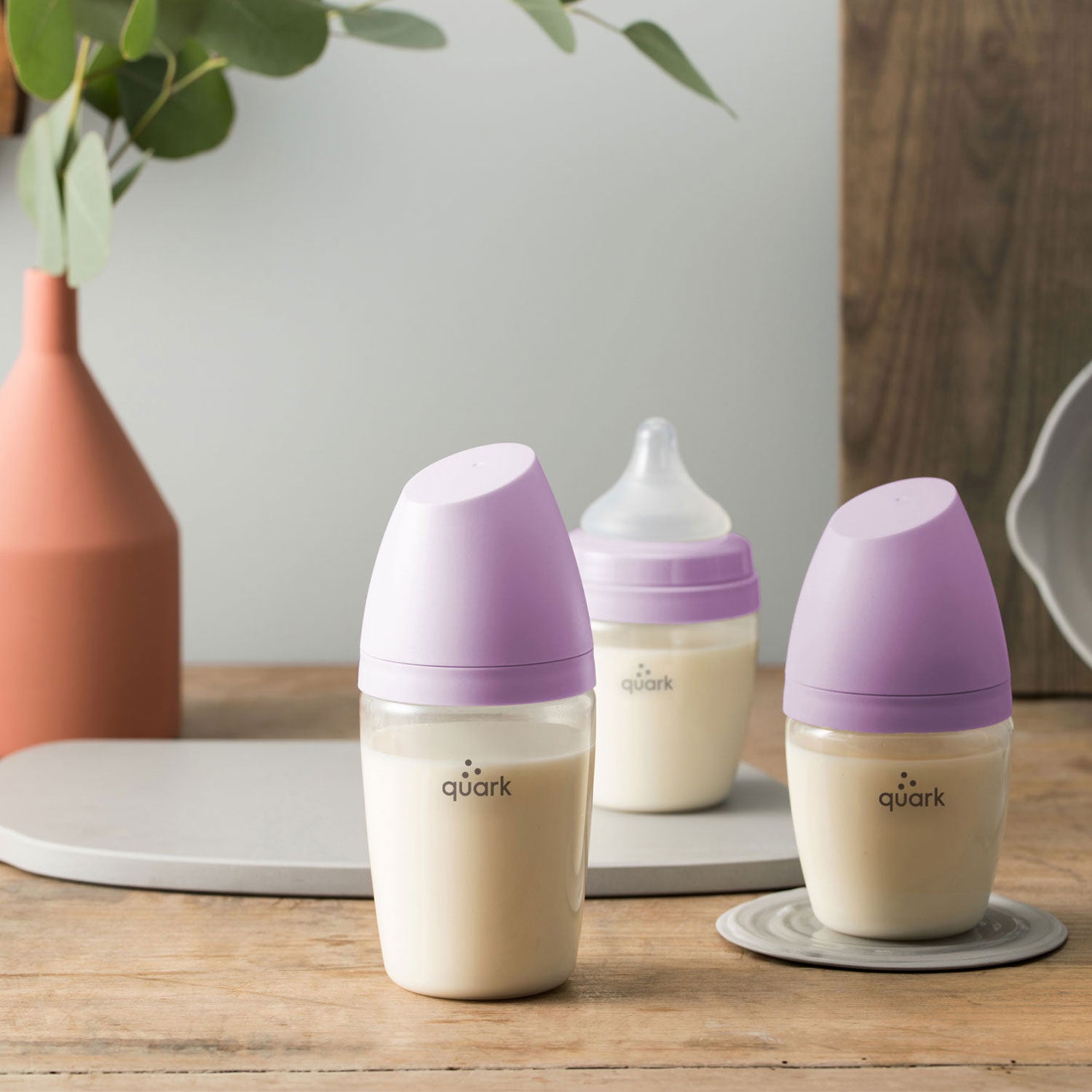




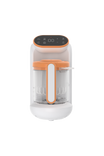
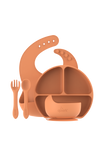
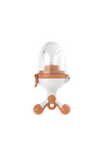
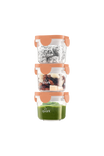
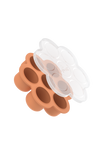
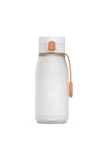
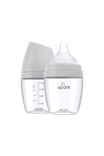
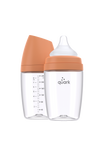
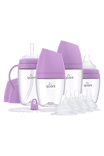
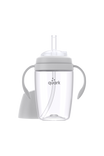
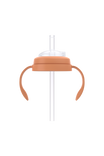
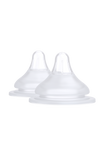
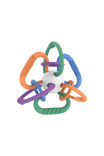




Leave a comment
All comments are moderated before being published.
This site is protected by hCaptcha and the hCaptcha Privacy Policy and Terms of Service apply.